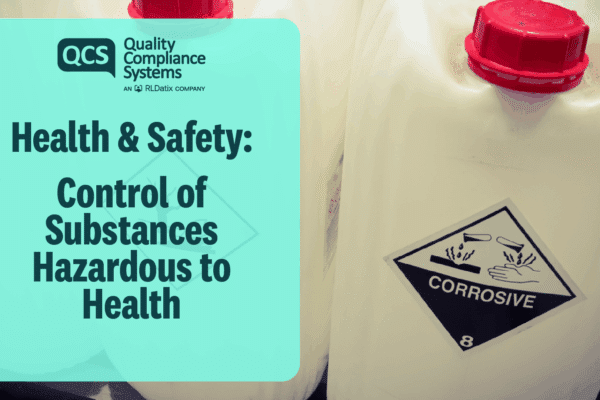 Part of the infection control strategy for a work environment is to consider the role soft furnishings play in the spread and prevention of pathogenic microorganisms. Manufacturers and suppliers of products such as couches and curtains to the healthcare environment use materials that are fit for purpose in preventing spread. For example, coverings such as vinyl upholstery can be impregnated with an antibactericidal substance, which also inhibits the growth of mould and yeast.
Part of the infection control strategy for a work environment is to consider the role soft furnishings play in the spread and prevention of pathogenic microorganisms. Manufacturers and suppliers of products such as couches and curtains to the healthcare environment use materials that are fit for purpose in preventing spread. For example, coverings such as vinyl upholstery can be impregnated with an antibactericidal substance, which also inhibits the growth of mould and yeast.
Infection control risk assessment
When conducting an infection control risk assessment the impact of furniture on the spread or prevention of pathogenic microorganisms should be evaluated. Upholstery can allow bacteria to thrive and be spread from one person to another. On a daily basis, in a communal environment, pathogenic microorganisms can be transferred from reservoirs on high use hand-touch sites, including soft furnishings.
The decision as to which soft furnishings to use when designing a room that discourages the growth of bacteria is important. All soft furnishings used within all areas should be chosen for ease of cleaning and compatibility with detergents and disinfectants. Room furnishings should be of a material that is impermeable, preferably seam-free or heat-sealed.
It is highly likely that fabrics on soft furnishings will become stained through constant use, and there needs to be a means of ensuring that they are adequately cleaned. The ease of cleaning is an important consideration in the choice of coverings on furniture. If soft furnishings are soiled and cannot be cleaned they will need to be replaced. This has a financial implication for the management of the service, whether this is a care home, GP surgery or dentist.
Seating
One example of an infection control risk assessment is seating. The type of seating needs to be reviewed, especially in communal areas where there is high traffic of services users and visitors. Chairs and couches in these areas and other rooms will be used frequently and will be subjected to high levels of wear and tear. They will need to be robust, and yet comfortable to the user. The cleaning schedule needs to include the cleaning of these chairs and couches. Their material should be water and stain resistant, and capable of withstanding disinfection with a chlorine-based disinfectant. Vinyl is preferable as it is easy to clean and it is also durable and robust. The cleaning of vinyl seats is also important to ensure that the seats last. Petroleum and alcohol-based cleaners will dry out the vinyl over time, leading to cracks, and so should not be used. Disposable cleaning wipes can be used to clean seating areas at the end of each day. Chairs and treatment couches with rips or tears are no longer impervious to contamination and should be replaced.
Good practices on selecting soft furnishings
Management decisions on selecting soft furnishings need to be based on assessing the following:
- Durability and resilience
Furnishings should be easy to maintain and repair. Take into account that constant use will cause wear and tear. Select strong, durable materials. Fabrics that are torn allow for entry of microorganisms and cannot be properly cleaned. - Compatibility
During the selection process a key consideration should be the compatibility of materials with detergents and disinfectants. Some cleaning products will cause material to disintegrate at a quicker rate than other cleaning products. - Ability to clean effectively
Furnishings must be able to withstand constant daily cleaning and be compatible with cleaners and disinfectants. Upholstered furniture must be covered with fabrics that are fluid-resistant and non-porous. Spillages need to be wiped up easily, and not be able to soak into material. - Inability to support microbial growth
Materials such as metal and hard plastics are less likely to support microbial growth. Materials such as fabric that hold microbial growth moisture are more likely to support microbial growth. Durable materials such as vinyl and leather are less likely to be a factor in the spread of pathogenic microorganisms - Surface porosity
Microorganisms have been shown to survive on porous fabrics such as cotton, nylon and polyester, and on plastics which are considered porous substrates. Review how porous the material is when selecting the soft furnishing. - Absence of seams
It is better not to have any seams. Seams trap bacteria and are difficult areas to clean.
In summary, management needs to spend time assessing the type and quality of soft furnishings. The end use of soft furnishing should be considered in the selection process.
The quality of finishes in all areas should be easily cleaned, durable, fit for purpose and resilient. QCS has policies on infection control to meet your CQC requirements.





